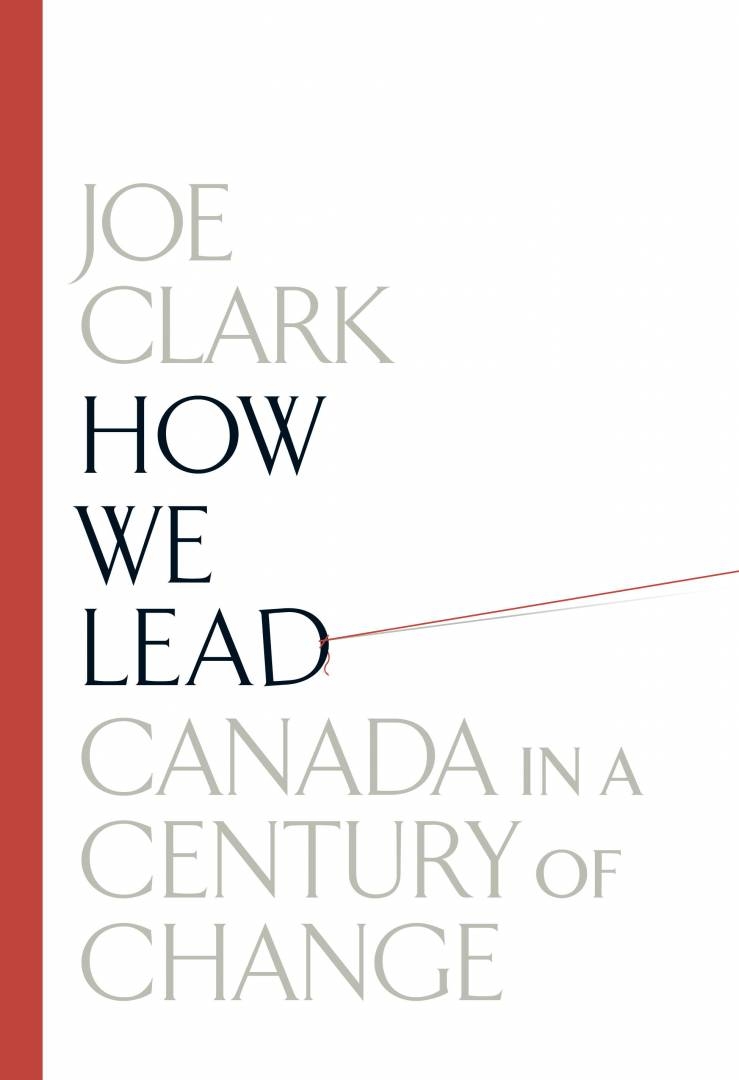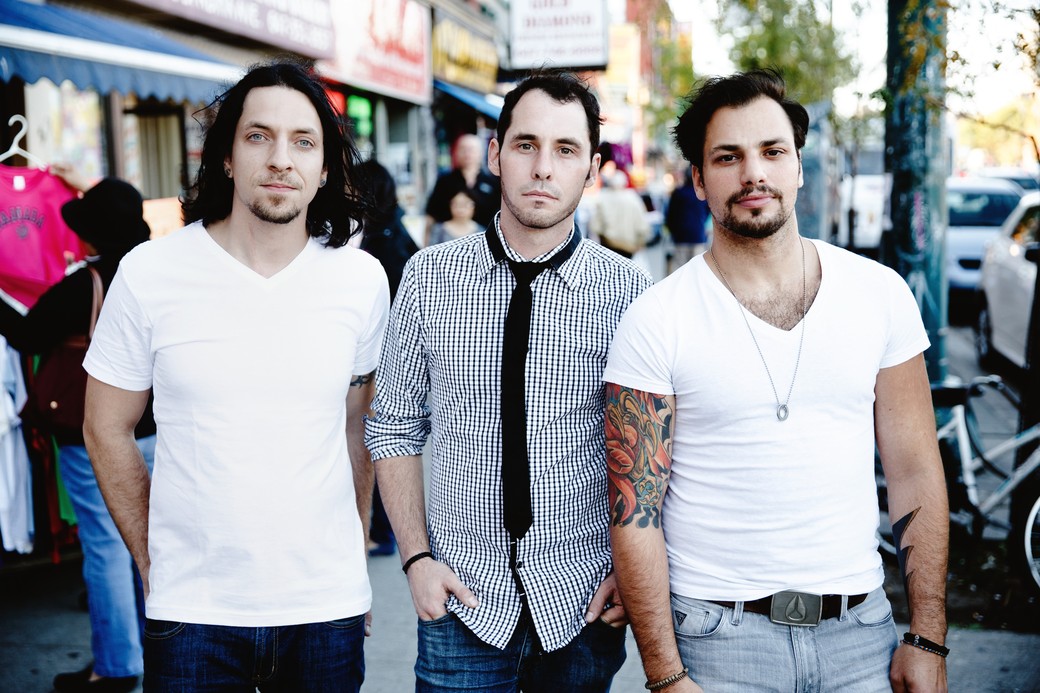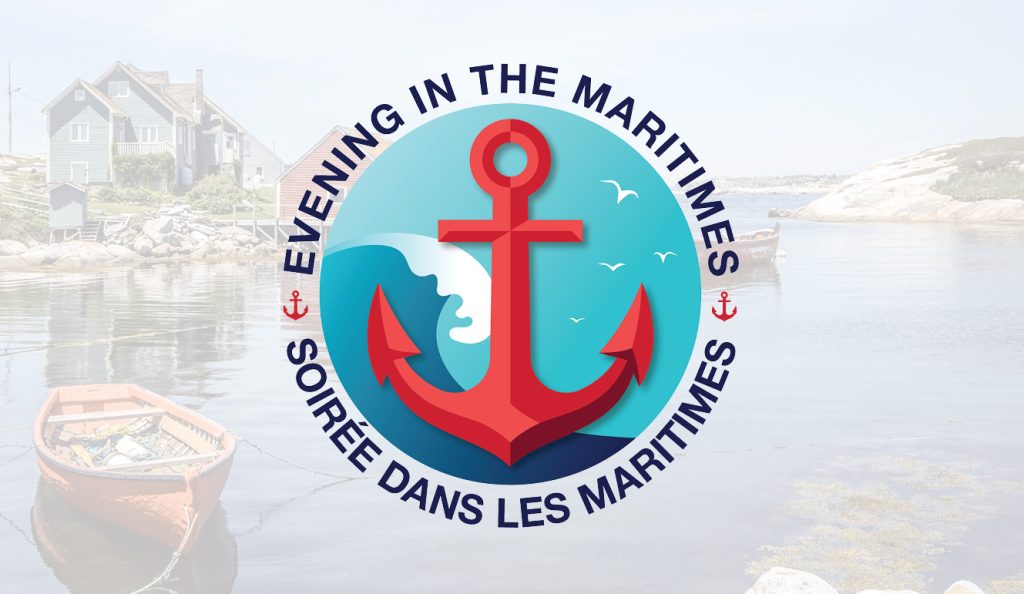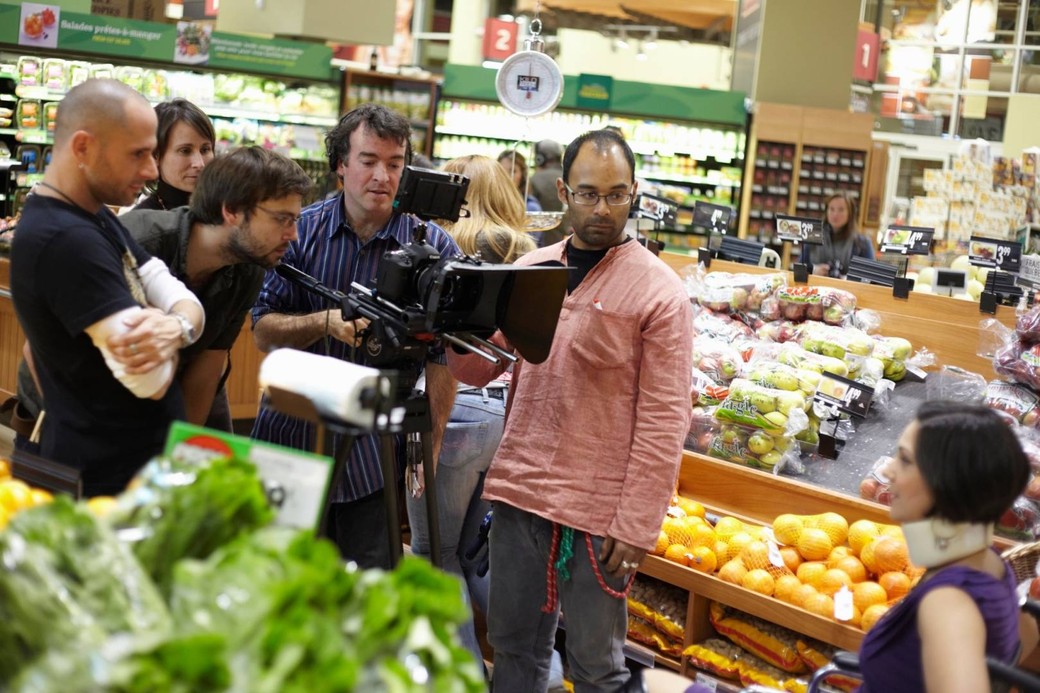
An Actor’s Life Bonus Disc: It’s a Mad, Mad, Mad, Mad (Film) World
Life’s like a play: it’s not the length, but the excellence of the acting that matters.
I’m just looking for the best story being told by the best people and the best part that I can find. If those things add up, I want to be part of it whether it’s a studio film or, more likely in that instance, an independent film.
– John Hawkes
Part of the trick to thriving and remaining driven throughout the inevitable and compulsory ups-and-downs that all creative people – and particularly film actors –experience, is to stay focused on the work and to surround yourself with like-minded people.
But part of what will help you move forward in your career is learning to take advantage of the amazing advances in the development of more powerful and user-friendly filmmaking equipment. The notion that you need $20 million to make a movie is no longer necessarily a truism. The film industry has been in flux over the last few years, with traditional moviemaking models no longer applying in terms of what will put bums in seats. The financial cost of filmmaking has changed dramatically over the last decade. While you still have your Hollywood-made, mega-blockbuster $400-million film vehicles, the availability of film production, screenwriting, music, mixing, graphics and video software has advanced to such a degree as to make it easier than ever to get your ideas on film, and out there to the general public. More people than ever before now have the opportunity to do so, right from their laptops, tablets and smartphones. And all without having to take out a third mortgage.
As an example of how those costs have significantly changed, I offer the following anecdotal evidence. Back in the nineties when I played in a local band called boywonder http://music.cbc.ca/#/bands/HYDROFOIL (I know, the band is called HYDROFOIL on the CBC website. Trust me when I tell you the band was called boywonder… it’s a long story. Also, hey look! I had hair! Neat!) It eventually came time for us to shoot a promotional music video for our third album’s first single Bright Idea. We were lucky enough to have Canadian rock band Moist’s manager of the time help us plan and organize the shoot, coach us through preparing “press packs,” and deal with the top people at MuchMusic. Keep in mind those were the days when videos were shot on actual film, which was (and still is) extremely expensive. All of that to say the three-minute video (pre- and post-production costs included) ended up running us just over $10,000!
But thanks to newer and more powerful film-production software, http://download.cnet.com/1770-20_4-0.html?query=filmmaking&searchtype=downloads filmmakers are now finding it much easier to bring their visions to life more cheaply. Check out a recent article showing off five incredible short sci-fi films made by filmmakers in the comfort of their own homes: http://www.cracked.com/blog/5-badass-new-sci-fi-movies-you-can-watch-your-lunch-break/
So the issue now becomes, how do you stand out from among the plethora of newly minted, would-be Martin Scorsese’s, Hal Hartley’s and Jim Jarmusch’s out there? Ottawa-based filmmaker Randy Kelly, whom I’ve had the great pleasure to work with on two separate short film projects, says that, technological advances and all, it still comes down to how good your story is, and as importantly, how you tell it.
It’s certainly easier and faster nowadays, and you definitely have more options, Kelly explains, which means that to stand out, there are a couple of things you need to do. You’ve got to be extremely good at the visual and graphics side, which gives it the eye- catching quality you want and need, and the other thing of course is story, which is something that I like to work more on – to get a story out there that makes people think about their own existence, about art, about life, and that has a couple of twists in it to boot.

Ottawa has a lot of driven, dedicated and amazing people who love to tell stories. Kelly and his partner Micheline Shoebridge are two of the nicest folks you could ever hope to meet, but the fact that they’re also two of the most innovative, original and empathetic filmmakers and storytellers I’ve ever met, doesn’t hurt either. I’ve worked with this creative powerhouse of a team on two separate and award -winning short-film projects. The first, a 10-minute short called There’s More, was shot overnight in one eight-hour stretch at a grocery store in Aylmer, where an aging and retired rock star discovers that the call of The Muse can show up pretty much anywhere at any time, whether he wants it to or not.

A much shorter piece titled The Key – a 60-second film put together for a recent short-film competition – was made in collaboration with Invest Ottawa: http://investottawa.ca/
The idea behind the competition was to give budding filmmakers the chance to express their art, and to promote Ottawa’s many different and varied potential film locations.

The constraints for the competition were fairly rigid in terms of the project’s run time (one minute maximum), but add to that the idea that filmmakers would only be given their shoot location randomly, chosen from literally hundreds of possible locations across the city. The one problem for a filmmaker with that approach is that you can’t control the environment around you. You can’t pre-plan to a certain degree, because the variables of something unforeseen happening have now increased ten-fold. This was made more than abundantly clear on the actual day of our shoot, when two overly amorous and completely uninhibited lovers decided to loudly and forcefully demonstrate their love for each other in broad daylight in the middle of a field, no less than 30 feet from where we were shooting. Maybe it’s just me, but I have little to no desire to start my day watching some middle-aged guy’s flabby backside bob up and down like a cork in a bathtub, just as I’m trying to enjoy my Subway breakfast sandwich. Coital longings aside, my point is that distractions, last-minute problems and all, filmmakers have to power through – no pun intended.

We had seven different concepts for the film, Kelly explains, but my co-writer Katie Compton was taken by one specific outcome and ran with it – an idea that we both agreed gave the story a greater depth and air of love and mystery. The Key is the story of someone who tries guided meditation for the first time, and it ends up working much better than he would have ever suspected. I decided to use the idea of guided meditation as a different and interesting way to get our protagonist from point A to point B. We felt it was a good way to transport the story to a different physical location… in our case, Rockcliffe Park. So we chose a metaphysical means as opposed to a physical one to be able to show movement.
Kelly says that regardless of budgetary restraints or otherwise, people are still out there making movies:
Part of the new reality is that a lot more short films are being made than there are budgets for them, but they’re still being made because people have stories to tell. Filmmaking has become a much more accessible endeavour. The only way you used to be able to achieve the “film look” was to use extremely expensive equipment and post-production techniques. The issue there is not only that it’s very expensive, but that you also need highly specific talents geared towards that field. And while even with the advent of cheaper, smaller cameras that give you that same “film-look,” you do still need some specific talents to work the gear, but it has absolutely become a much cheaper and more accessible endeavour for people who don’t have millions, or even thousands of dollars in their budget.
Big budget or not, filmmakers and writers will always find a way to do it, however much work, frustration and sacrifice that choice often entails. Kelly confides:
I’ve always been touched by filmmaking, by storytelling, by its potential as a medium of communication. I’ve always had a great love and passion for it. It’s a great way to communicate and share stories, and it does a great job reflecting our existence to others. What I particularly love is that cinema encapsulates so many different aspects of the arts – music, writing, the visual aspects, all coming together to create something different than its individual parts, all stemming from the one source.
The Key was recently submitted as a semi-finalist by CBC Ottawa for a national short-film competition, where participants from across the country submitted their best stories with the nine finalists airing on CBC Television. But regardless of the outcome, Kelly’s drive, passion and empathy for the medium are palpable and genuine, and will ensure that this talented filmmaker will keep doing what he loves. You can check out The Key, starring Céline Filion, Jodi Larratt, Rachelle Casseus, Alix Sideris, Chris Wiley, plus two thankfully unidentified lovebirds at https://www.facebook.com/thekeyfilm?fref=ts ,http://vimeo.com/44350287
A lot of dedicated people worked on bringing The Key to life and it’s thanks in no small part to the efforts of Parktown Productions, an outstanding Ottawa-based production company owned and operated by Richard Towns and Sean Parker, that The Key turned out as well as it did. Parktown Productions has long been putting out quality work, some of which you can see here: http://www.parktown.ca/ The main focus is innovative custom television advertising design for broadcast and other visual media, but Parktown also provides production equipment rentals, technical support, and post-production editing services. Definitely good guys to know if you’re working in the industry. Having had a role in bringing films like Adrian Langley‘s visceral and action-packed Donkey to the big screen, Towns is no stranger to the hard work required in the world of Indy film, and is one of the finest persons I’ve ever been on a project with. His professionalism, drive, good humour and generosity made the experience richer and easier than it would otherwise have been.
You can also check out the previous short film Randy Kelly and I did together – the award-winning There’s More, starring Catherine Boutin, Rachelle Casseus, Alix Sideris, Nancy Kenny, Katherine Dines and Éloï Jacques at https://www.facebook.com/OxusFilms?fref=ts, http://vimeo.com/42249055
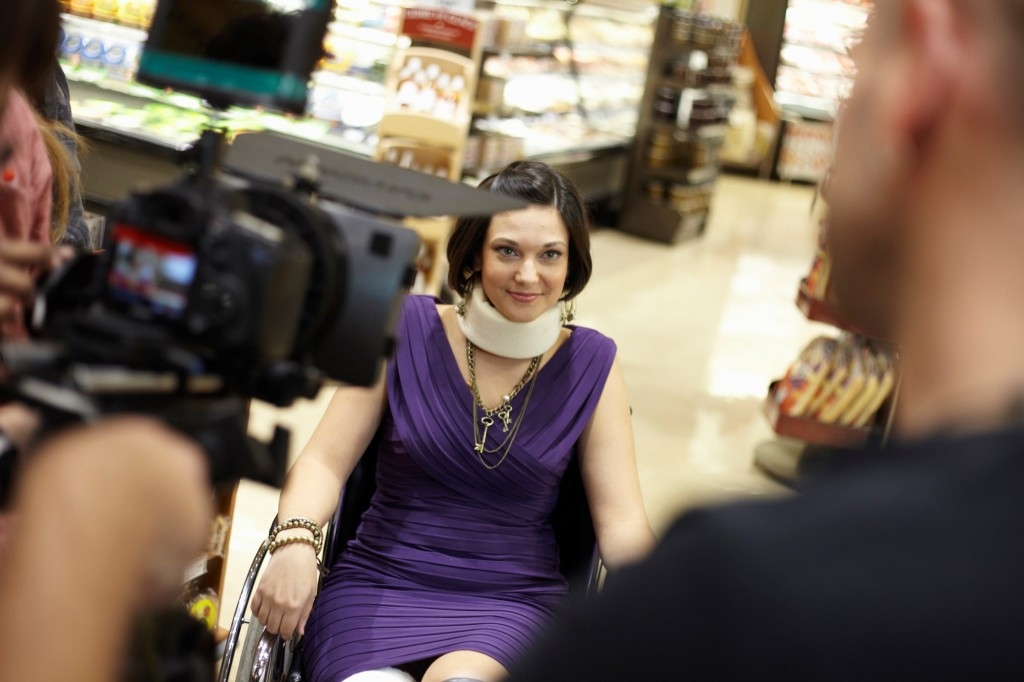
Choosing to pursue an acting career can definitely be rewarding, but it can also be daunting, and even discouraging. Many times over the course of your career, you will find yourself asking “Why am I doing this again?” At times like those, the best thing to do, to paraphrase my sister Rosanna Saracino (an incredibly talented and visionary writer, director and filmmaker in her own right), is to remind yourself to Do the work for no one but yourself. Check out her wonderful theatre company’s Arts and Lies at https://www.facebook.com/artandliespro?fref=ts, www.artsandliesproductions.com and www.redhanded.ca. [Stay tuned for an upcoming behind-the-scenes post on the inner workings of the Canadian theatre world!]
It’s definitely a good piece of advice, and one I certainly agree with, but also be wise enough to take advantage of the recent exciting changes in the industry, because never has the phrase “think outside the box” been more appropriate or timely. Directors and actors are fundamentally storytellers. And while in some cases, the words may not be their own, an actor’s job is to add dimension, intuition, empathy and instinct to what’s given them. In other words, to flesh out and make real the characters, situations and stories on the page, and ultimately to share knowledge and experience. To those of you out there driven by the same desires, I can only say work hard, be brave, be true and get out there and tell your stories. With how easy it’s become, there’s less reason than ever to not share your vision. And if people ask why you do it, despite the frustrations and immense challenges, you could always say what I tell people when I’m asked: “What? And give up showbiz?”
__________________________
Luigi Saracino is a musician, composer, writer, stand-up comic, actor and voice-actor. He also plays and writes music with a lovely group of guys under the moniker Crown Victoria. Luigi loves living in Ottawa, is naturally buoyant in freshwater, and believes that “Slinkies” are powered by a combination of “magic” and “bluish-hued imps from the seventh dimension.” Luigi would also like everyone to know that he is only a little bit ticklish, and a huge sucker for any movie with the incomparable Ernest Borgnine in it.

